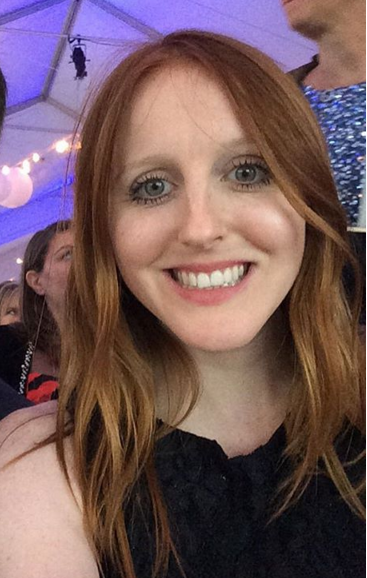Why the Keurig Coffee Founder Regrets His Invention

By:
Americans love their coffee. Nearly 85 percent of people living in the U.S. drink it, and our country is considered the largest coffee consumer in the world. The average individual drinks three cups a day and data indicates that coffee has health benefits. But despite its popularity and utilitarian appeal, there are some apparent ecological costs.
John Sylvan, the man behind the billion dollar Keurig empire, recently spoke with The Atlantic about why inventing the wildly popular coffee pods was probably a mistake. "I don't have one. They're kind of expensive to use," he said. "Plus it’s not like drip coffee is tough to make." Sylvan's biggest issue with his brainchild, however, is the negative impact it's had on the environment, which wasn't in good shape before coffee pods came along either. Last year, Keurig sold more than 9 million K-Cups, but because they are very complicated to recycle and not biodegradable, many of them end up in landfills. It's estimated that the amount of K-Cups used in 2014 could circle the earth more than a dozen times.
That's why Eggs Studio CEO Mike Hachey created a video titled "Kill the K-Cup" last month:
The short film shows a woman getting crushed by a mountain of K-Cups and K-Cup monsters terrorizing a city. Though the clip is meant to be kind of funny, the overall message is anything but. "If you ever find yourself throwing out a K-Cup, and then you remember that 13 billion went into landfills last year, do you feel okay contributing to that?" Hachey posed to The Atlantic. "That's what it comes down to."
But Keurig's Green Mountain, which claims to be serious about sustainability, wants to create a fully recyclable product by 2020. Five years is a long time though, and if sales remain consistent, the amount of K-Cups sold will have circled the globe 60 times by then.
But what about other coffee manufacturers?
So what's a coffee drinker to do? I remember the unpleasant days of making an entire pot for myself even though I lived with a non-coffee drinker who wouldn't help me finish it. Investing in a Keurig allowed me to control my caffeine intake. Believe it or not, there are some environmental benefits to the Keurig too. Keurig pods require less electricity because standard pots have to work harder to keep the coffee warm. Research from the Energy Star program reveals that energy usage for household drip coffee pots is 100-150 kilowatt hours (kWh) per year, whereas a single-serve coffee pot only uses 45-65 kWh annually.
And what about other coffee shops?
Starbucks alone serves more than 60 million customers a week, and though the company has made a conscious effort to encourage reusable cups, there will always be people tossing their paper cups after a single usage. This doesn't even take into account the waste from Starbucks competitors and coffee shops all over.
Sylvan, who was bought out of the Keurig empire eight years ago, has launched a new company that sells solar panels. He started this venture to make up for the trouble K-Cups have caused for the environment. It's great that he took the negativity surrounding his initial business model to create positive change in the world, but he shouldn't bear all the blame here. The coffee industry was wasteful before he even considered inventing the Keurig. We all have agency to be better about how we consume coffee as well, whether we want to take the time to learn how to recycle K-Cups or bring our own mugs to places like Starbucks. It's not going to improve the number of K-Cups currently in landfills, but if we start shifting certain coffee habits now, maybe the situation won't be as severe when Green Mountain releases its fully recyclable K-Cup in five years.
